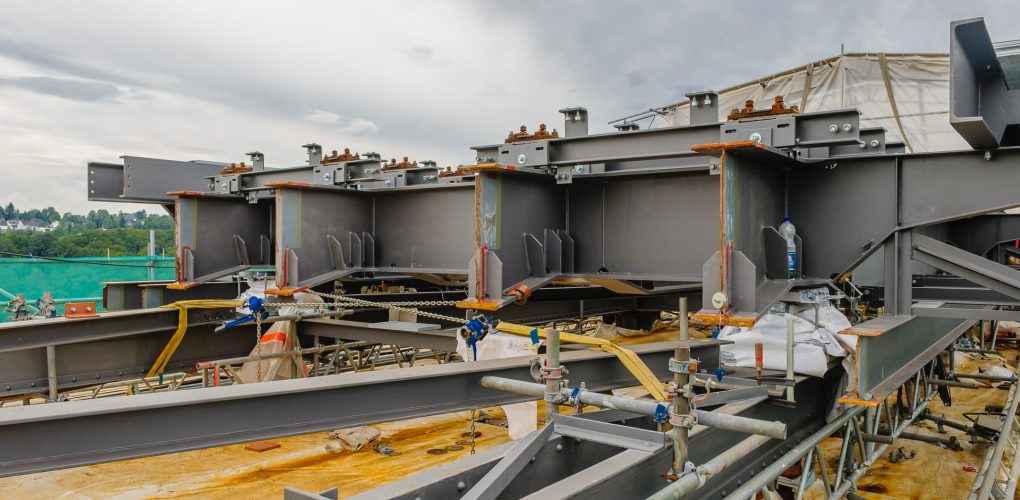The good news: Budget cuts and work reductions won’t be as big as in 2020.
The economic decline caused by the COVID-19 pandemic, government budget cuts from reduced tax and other types of revenue, and increases in healthcare spending will reduce the amount of bridge, road, and tunnel construction work planned for 2021.
The good news is that the decline in bridge and tunnel work is expected to be only 2% year over year, which is far less than the extraordinary declines in 2020. The total value of bridge and tunnel work fell 20% this year. It went from $27.5 billion in 2019 to only $22.0 billion in 2020. The total is expected to be $21.7 billion in 2021.
The projections of 2021 activity come from an annual forecast released by the American Road & Transportation Builders Association (ARTBA), an industry group based in Washington, D.C.
Looking beyond the bridge and tunnel category, the experts at ARTBA are predicting an overall decrease of 5.5% for all forms of transportation-related construction next year. Overall, ARTBA economists estimate that the value of work is expected to drop from $294.2 billion in 2020 to $278.1 billion in 2021.
One of the reasons behind the relatively low decrease in bridge and tunnel construction work predicted for next year is because certain states may actually have small increases after this year’s extreme decline. The bridges in those states have fallen into such disrepair that even though state and local governments are strapped for cash because of the pandemic, they’re being forced to come up with funds for urgently needed repairs.
When it comes to roads, ARTBA expects the value of public highway and road work undertaken by state departments of transportation and local government agencies to decline by $3.1 billion, or 4%, in 2021. It anticipates that it will total $74.5 billion and estimates that the total value of work on private highways and roads will decrease from $72.3 billion in 2020 to $66.4 billion in 2021.
In 2020, extreme cutbacks on bridge and tunnel projects were transportation construction industry outliers.
The large reduction in bridge and tunnel work was an anomaly this year. Despite the pandemic, other parts of the transportation construction sector had a banner year.
While Pennsylvania and Washington state temporarily shut down transportation development projects when the pandemic began in the spring, the rest of the states declared that construction on bridges, roads, and other transportation infrastructure was essential. Projects were able to continue as long as enhanced coronavirus protection standards were met on job sites.
Because of this, total transportation construction activity — after project costs and inflation were factored in — increased by nearly 4% in 2020. The areas that experienced significant gains include:
- Airport terminal and runway construction: 7.2% increase.
- Highway and street construction: 8.3% increase.
- Subway and light rail work: 8.8% increase.
- Port and waterway spending: 12% increase.
Bridge and tunnel construction was the exception, with its 20% reduction in spending and activity. It was hit hard because its primary funding sources, gas taxes and tolls, dried up early in the pandemic, since people were no longer driving to work or school.
There are many reasons for the reduction of funds available for transportation projects in 2021.
Key factors negatively impacting the amount of money available for transportation projects next year include:
- Reduced gas tax and toll revenue (which are major contributors to bridge and road improvement project funding) because people are driving less.
- The major drop-off in transportation user fees caused by COVID-19 stay-at-home orders.
- High levels of unemployment across the United States and the related reduction in consumer spending and tax revenue.
- The decline in public transit use and resulting cuts in fare revenue.
- Reduced demand for air travel and a decline in the associated fees.
- Spending on fighting COVID-19.
Construction budgets are being lowered in 2021 because of the reductions in revenue and the increased spending on healthcare in 2020. These two things will likely continue for many months.
All this could change if politicians take action.
The cuts in transportation construction budgets and activity aren’t a foregone conclusion. 2021 could be a better (or less bad) year if Congress and the new Biden administration can work together to develop and pass a long-term, well-funded transportation infrastructure spending package during the first quarter of the year. This would be early enough in 2021 to get projects launched in time for peak construction season.
Otherwise, it could be well into 2021 before revenue levels start to return to normal and 2022 for project funding and work activity to see pre-pandemic levels. This could vary depending on how states across the country recover from the pandemic and economic downturn. If we’ve learned anything during 2020, it’s that the coronavirus doesn’t impact areas equally or at the same time.
Let’s hope that politicians act soon so we can look forward to a better 2021 than the one that’s currently predicted.

